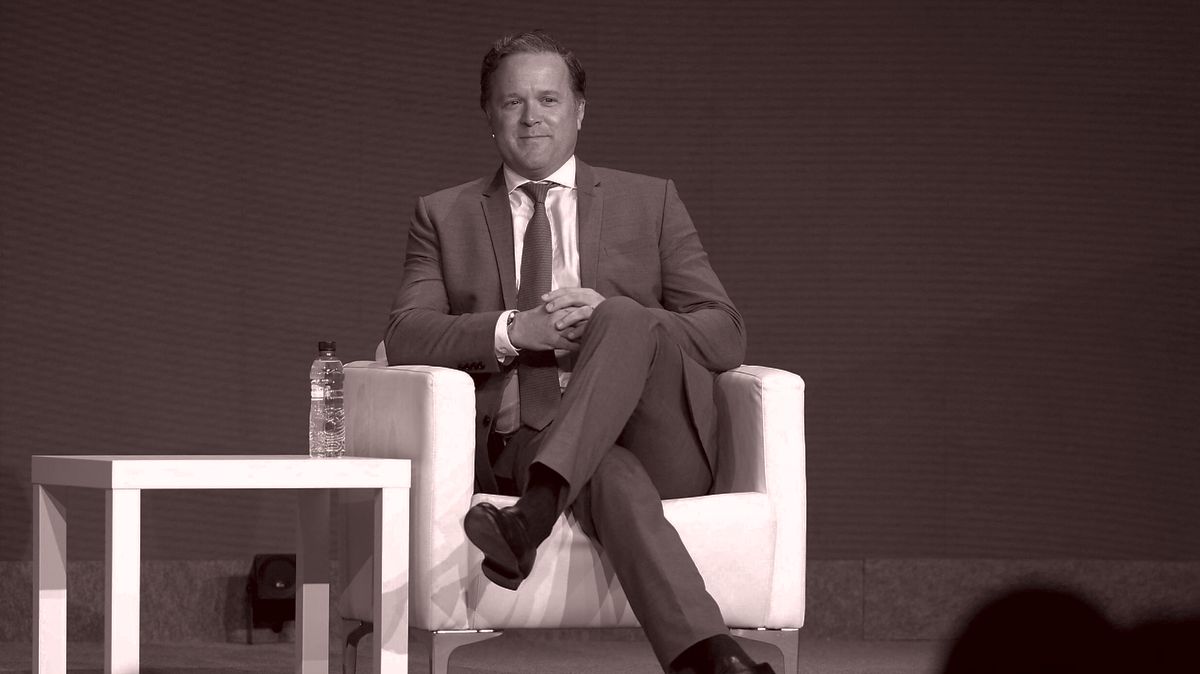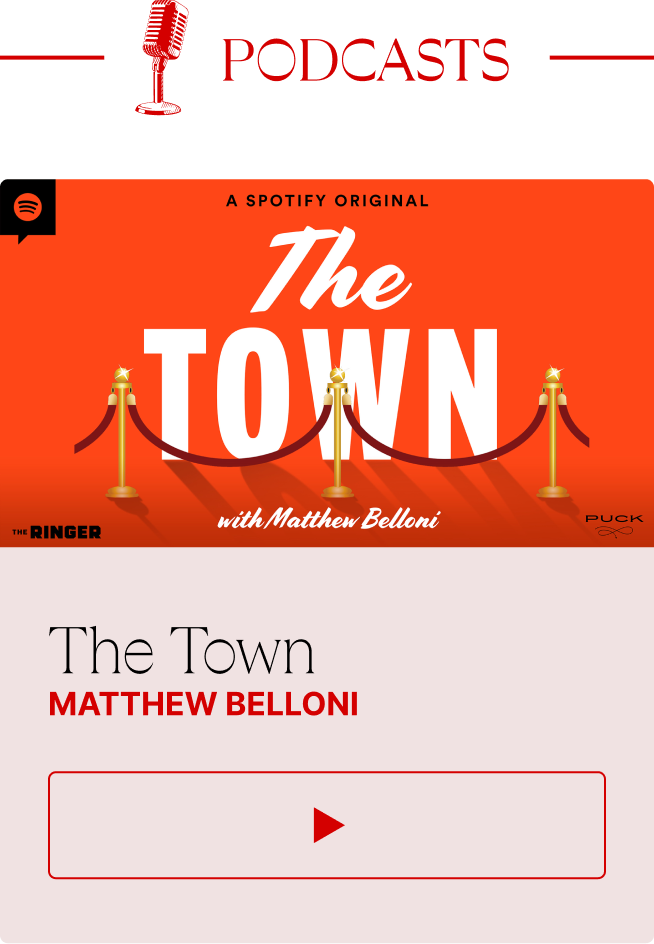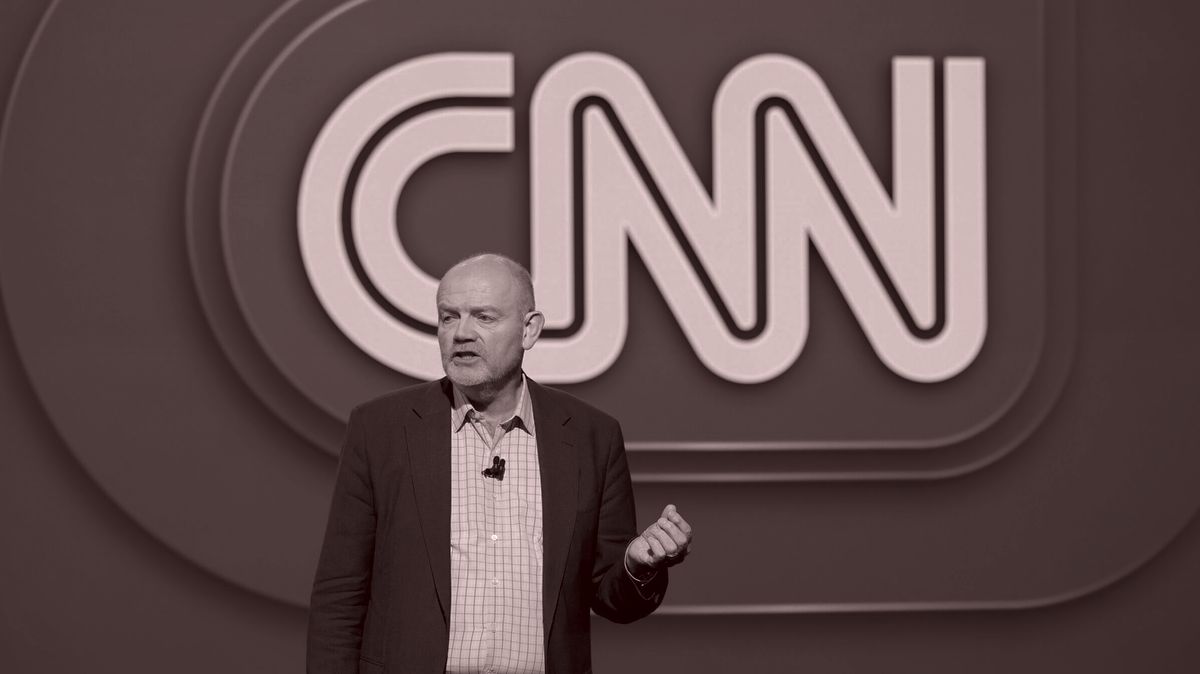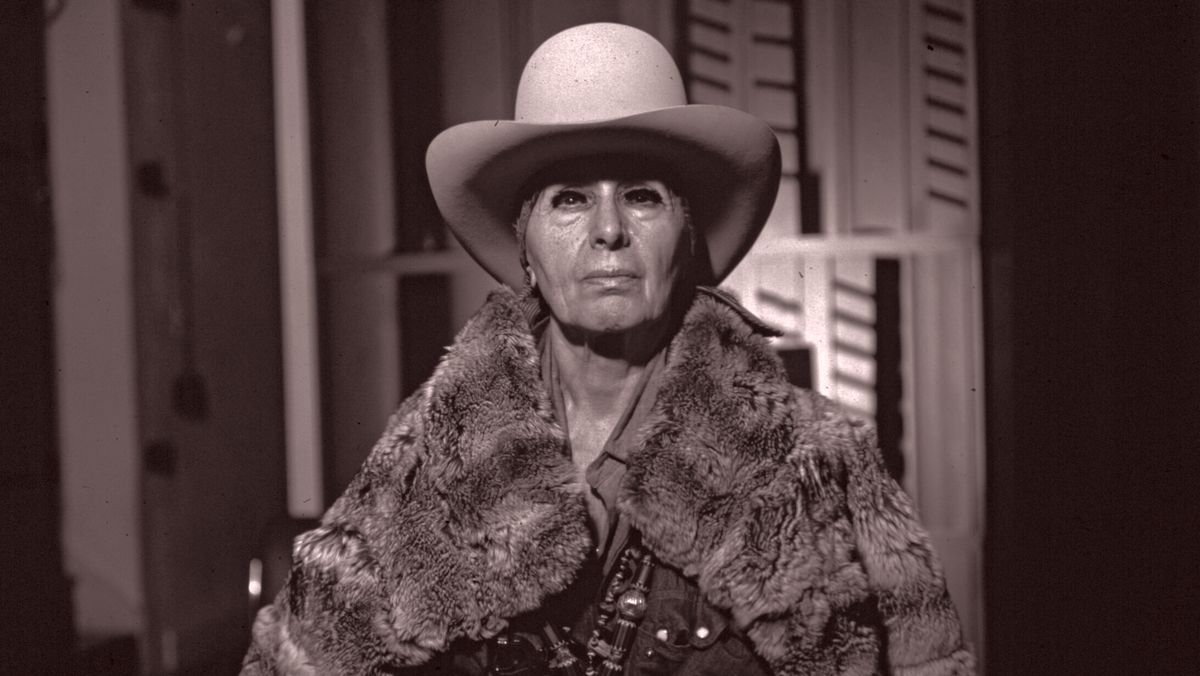Welcome back to a Sunday evening Wall Power. I’m Marion
Maneker.
I hope you enjoyed Julie Davich’s takeover on Friday night, focused on the most interesting gallery shows and exhibitions from Paris to New York. I received many kind notes of encouragement from readers asking for more gallery coverage. We’ll try to do more of those dedicated emails when and where we can. If you haven’t opened Friday’s email, look through your inbox now.
(I’ll wait…) If you have, and there’s something you think we should be covering, or just want to share your thoughts, respond to this email or write Julie directly at JDavich@puck.news.
Tonight, we’re back on the grind talking about Sotheby’s 2024 results call, and the surprising emphasis on their $1 billion real
estate portfolio.
But first, notes on the FOG art fair in San Francisco and some auction results…
|
- A FOG report: I was texting with a San Francisco–based advisor who saw Joe Montana at the fair, along with “lots of notable tech names,” “beautiful, beautiful weather,” and “lots of mourning for L.A.” The advisor reported that new galleries White Cube, Lisson, and Jeffrey Deitch made appearances, and Hauser and Zwirner both rehung their booths several times. Venus Over Manhattan sold out of Richard Mayhew, according to our
observer, who added that the fair was filled with “some very beautiful, sophisticated things,” including a “gorgeous Lee Bontecou” at Marc Selwyn. Brazilian artist Rafael Triboli seemed to be popular at both AGO Projects, which sold a chair to SFMOMA, and Anthony Meier.
Charles Moffett sold all but one painting by L.A.-based artist Alex Egan, who lost his home and studio in the fires. The gallery also sold 100 prints by Egan at $500 a
piece, with the proceeds going directly to Egan to get him back on his feet. Tina Kim Gallery sold works by Pacita Abad, Lee ShinJa, Ha Chong-Hyun, and Kim Tschang-Yeul for prices mostly in the low six figures. Hauser and Wirth reported sales of works by Avery Singer ($575,000), Firelei Báez ($395,000), Rashid Johnson ($250,000), and Jack Whitten ($200,000),
along with works by other artists in their stable.
- Jeff Beck’s guitars made £8.7 million: A year after Mark Knopfler’s guitar collection sold for £8.8 million, rock and jazz fusion virtuoso Jeff Beck’s quiver of musical weapons hit almost the exact same number. Where Knopfler’s top price was a ’59 Gibson Les Paul (£693k), two of Beck’s best-known guitars broke the £1m barrier. His
1954 Gibson Les Paul, nicknamed “Oxblood,” was the top price of the sale, followed closely by the guitarist’s favorite white Fender Stratocaster, “Anoushka,” which he played consistently for 15 years. Two Fender Telecasters, including the
cobbled-together “Tele-Gib,” were the next highest prices, at £693k and £504k. Another white Strat and the pink Jackson Soloist signed by Tina Turner both made £441k. And another Les Paul, the
“Yardburst” from 1959, which Beck bought soon after joining the Yardbirds, sold for £403k.
- The dueling Declarations: Christie’s “The Jones Declaration of Independence” and Sotheby’s
“The Declaration of Independence: The July 1776 Exeter Broadside” were two very different documents called by the same name. In the end, they both made a
hammer price of $2 million, but were $70,000 apart when fees were added.
- Americana results: Thomas Cole’s Mount Chocorua, New Hampshire, from a single-owner collection, did indeed set an auction record for the artist at
$1.6 million. Other works from the collection that out-performed estimates were Raphaelle Peale’s Still Life with Raisin Cake, from 1813, which made $567,000; Jasper Francis Cropsey’s Winter Evening in the Country, from 1865, which looks like it inspired a thousand Thomas Kinkades and sold for $403k;
and another winter scene, this time by Louis Remy Mignot, from 1856, which made $352k.
Cole wasn’t the only big-name American painter to perform well. Martin Johnson Heade’s Hummingbirds and Gold and Purple Orchids from 1875, when the artist was in Costa Rica,
sold for a little more than $2 million, backed by an irrevocable bid, and his Magnolias on a Shiny Table, from 1885-95, sold for $1.5 million. Albert Bierstadt’s A
Rest on the Ride, from 1865, estimated at $800k, sold for $1.1 million; and Yosemite, from 1863, estimated at $700k, went for $780k. Thomas Moran’s Grand View
Trail, from 1904, made $1.1 million, and his Venice scenes performed within the estimates.
Portraits by Ammi Phillips and
Sheldon Peck performed toward the high end of estimates. Adolf Wölfli’s work sold for nearly $120,000. But the Paul Revere silver failed to excite buyers, and the
Edward Hicks Valley Forge painting and that Queen Anne chest of drawers also failed to sell.
|
And now, let’s check back in with Sotheby’s…
|
|
|
On a year-end call, the auction house reported that fine art sales were down 31
percent last year, and luxury sales and real estate are now driving the company. And that $1 billion investment from Abu Dhabi last fall? Don’t call it a bailout…
|
|
|
Last Thursday, I listened to Sotheby’s call presenting their 2024 results—$6
billion in sales, divided between $4.6 billion in auctions and $1.4 billion in private sales—and wondered what I was meant to be taking away. Sotheby’s told us the overall number was down 23 percent from the year before, and that the composition of sales was 63 percent fine art and 37 percent luxury. Again and again, we were told how luxury sales—$2.2 billion in “consolidated sales” this year, above $2 billion for the third year in a row—were driving the company. This point was made even starker
when Sotheby’s revealed that fine art sales had fallen 31 percent from 2023 to 2024, while luxury sales had pulled back by only 4 percent.
“We’ve been strategically investing in our growth, focusing mainly on diversifying our business,” Sotheby’s new C.F.O., David Kownator, said toward the end of the call, citing the auction house’s acquisition of classic car auctioneer RM Sotheby’s—a relationship that began with a 25 percent
stake in the company a decade ago, and the joint purchase, with Realogy Holdings, of 80 percent of Concierge Auctions, which took place a little more than three years ago. But the main strategic move, Kownator said, was “expanding into new markets through our real estate strategy. We now own over $1 billion in real estate assets and our prime locations give us a competitive edge.”
Kownator’s remarks were
aimed directly at two financial press stories that hit Sotheby’s hard last year. In late August, the Financial Times was given a confidential report for bondholders that said core earnings had fallen 88 percent in the first half of the year, following a 25 percent decline in auction sales. Weeks later, The Wall Street Journal
piled on, reporting that the firm was facing a serious cash crunch.
On the call, Kownator said that Sotheby’s was “in a strong position, both when it comes to our current performance and our balance sheet. Our gross margins have remained steady and our
overall profitability is right in line with what we’ve seen in previous years.” He went on to note that since the Abu Dhabi sovereign wealth fund ADQ invested $1 billion last October, the company’s bonds have been trading up “significantly” as “the bond market has recognized an improvement in our credit profile.”
Finally, Kownator took aim at the FT, saying that “disclosures to bondholders only
reflect part of our business,” referring to auctions and private sales, and “don’t account for the full scope of the company’s profit”—the two missing elements being Sotheby’s Financial Services (which originated $1.3 billion in loans last year, according to Kownator) and the real estate portfolio.
Nevertheless, the bond community believes Sotheby’s faced a serious cash crisis in the third quarter—about the same time as the FT and WSJ
reporting—which was resolved only when ADQ’s check cleared. “They almost hit the wall,” a bond jockey told me last week when I checked in after Sotheby’s call.
|
I was a little surprised to see real estate get so much emphasis on a call
that seemed to be directed at rebuilding confidence in the company. But it does help explain a few things.
For much of the past year, the art industry—especially the art advisors, collectors, and fiduciaries who place estates at auction—has been focused on the fee structure change that Sotheby’s announced last February. Indeed, the sparse auction offerings last fall made it clear that the new fee
arrangement was hampering the company’s ability to compete. As we know, the company did the right thing and reversed course.
The fee structure, however, didn’t cause the cash squeeze—though Sotheby’s management is still loath to acknowledge it, and C.E.O. Charlie Stewart insisted in the fall that the ADQ investment was not a lifeline. Sotheby’s financial problems began even before
the new fees went into effect. The August report in the FT only covered the company’s performance up until June. At the time, a company representative told me that much of that 88 percent earnings plunge was due to one-time charges related to the real estate expansion and other things.
I don’t know the cost of the new Paris headquarters or the Breuer building in Manhattan, but they’re not
likely to come anywhere close to $1 billion. The new “maison” in Hong Kong is in a high-traffic luxury mall; it seems unlikely that Sotheby’s owns much of that real estate. We do know that Sotheby’s still owns its current Manhattan headquarters on York Avenue—which it has rented to the Weill Cornell Medical Center, but at rates lower than what Sotheby’s itself was paying—as well as a warehouse location in Queens.
On the call, Kownator emphasized that bond reports don’t include revenue from Sotheby’s Financial Services and the real estate portfolio, though it isn’t clear that the latter is a profit center. He closed by name-checking ADQ as a long-term partner, and citing the real estate’s “increasing global footprint,” the strength of their data, and the power of the Sotheby’s brand as drivers of future growth.
Anyway, coming back to the intended
takeaway from the call: Sotheby’s wants to be seen as a global luxury retailer. This was Patrick Drahi’s goal from the beginning. It appears he was willing to push the company to the brink to continue on that path. Now that Sotheby’s has the high-traffic Hong Kong flagship and the elegant Paris position, and soon a New York landmark in the Breuer building, we’ll see whether real estate can actually have a transformative effect on its future.
|
I woke up Saturday morning to a WhatsApp message from the columnist
John Gapper alerting me to his FT story, which outlines how Stephen Schwarzman is spending some of the $38 billion he’d
added to his net worth over the course of the Biden administration. As many of you will remember, the Blackstone C.E.O. had a christening party last summer for Miramar, his updated Newport cottage, which will become a private museum upon his death. The gargantuan piles in Newport are not terribly distinguished as architectural wonders or
treasure houses filled with art and antiques. That has made Schwarzman’s efforts to build a museum there—surely aided by teams of experts on loan from the Frick, where he is a significant patron—an easier task.
Now, the enthusiastic Trump supporter is turning his attention to something a little harder: restoring Conholt Park, a house in the U.K., where the competition is stiffer. He paid
£80 million in 2022 to buy the 17th century 2500-acre estate in Wiltshire. Gapper reports that Schwarzman has spent £25 million on a Sir Joshua Reynolds portrait of Lady Worsley, which had been hanging in Harewood House in West Yorkshire. (The Lascelles family sold because they needed money to keep up the house. A fortuitous call from Christie’s private sales department proved too good to pass up.) At the same time, Schwarzman bought a
Thomas Gainsborough portrait of Lady Bate-Dudley, painted in 1787, that had been on loan to the Tate. The sale was brokered by Dickinson, according to Gapper, who wasn’t able to ascertain the price.
Schwarzman’s hunt for ancient paintings to assemble his ersatz lineage isn’t over. Gapper reports that several owners of 18th century pictures have been approached. Since the
artworks are not meant to leave the United Kingdom, Gapper observes, the dealmaking has been much easier.
That’s enough for today. See you all on Tuesday,
M
|
|
|
Puck founding partner Matt Belloni takes you inside the business of Hollywood, using exclusive reporting and insight to
explain the backstories on everything from Marvel movies to the streaming wars.
|
|
|
The ultimate fashion industry bible, offering incisive reportage on all aspects of the business and its biggest players.
Anchored by preeminent fashion journalist Lauren Sherman, Line Sheet also features veteran reporter Rachel Strugatz, who delivers unparalleled intel on what’s happening in the beauty industry, and Sarah Shapiro, a longtime retail strategist who writes about e-commerce, brick-and-mortar, D.T.C., and more.
|
|
|
Need help? Review our FAQ page or contact us for assistance. For brand partnerships, email ads@puck.news.
You received this email because you signed up to receive emails from Puck, or as part of your Puck account associated with . To stop receiving this newsletter and/or manage all your email preferences, click here.
|
Puck is published by Heat Media LLC. 107 Greenwich St, New York, NY 10006
|
|
|
|















